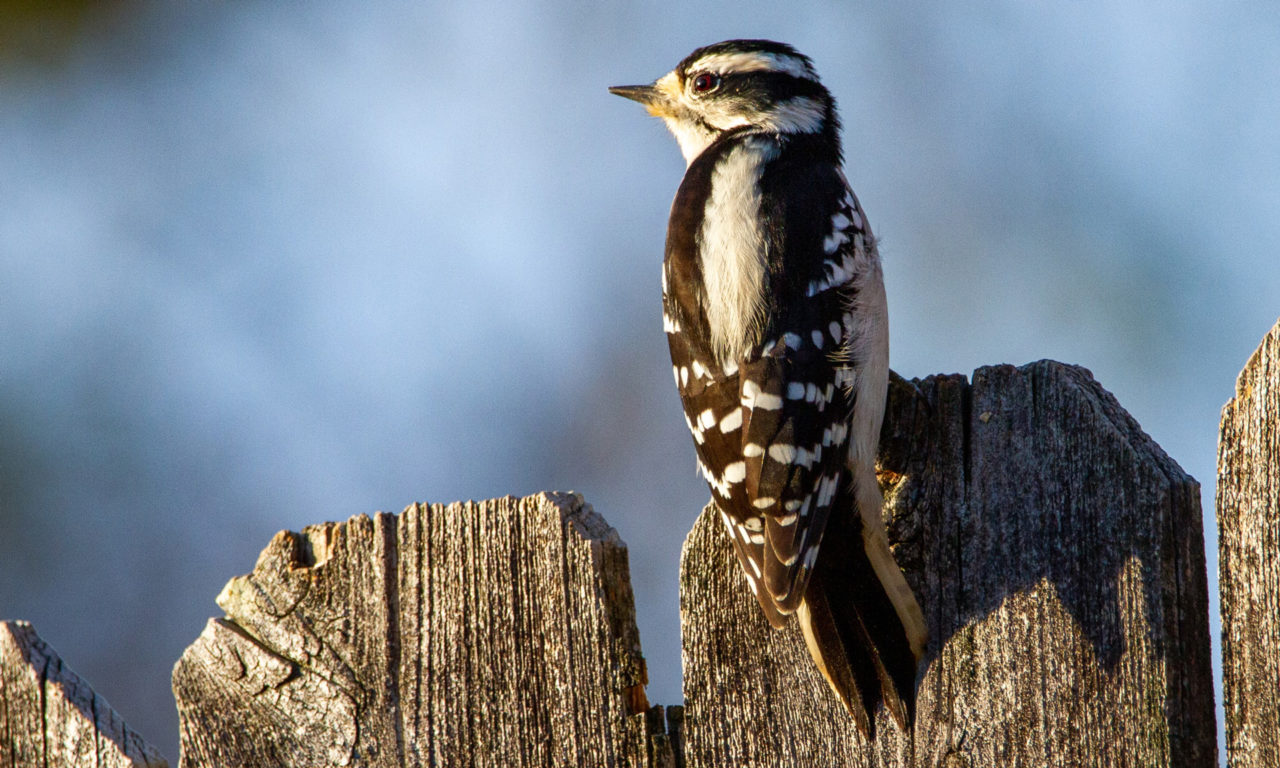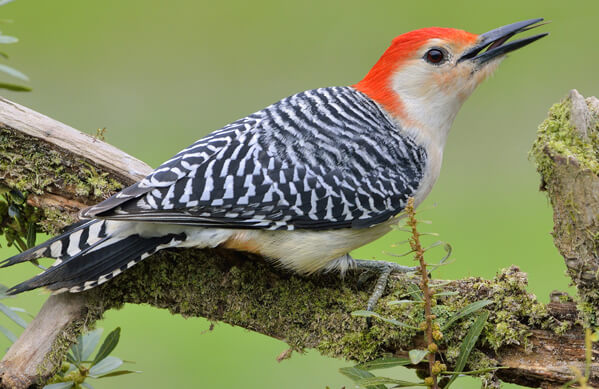Discover the Interesting Globe of Woodpeckers: Whatever You Need to Know
The globe of woodpeckers is a realm filled with special actions, elaborate adaptations, and a diverse range of varieties. From their habitats and distribution patterns to their feeding practices and specialized anatomical attributes, woodpeckers have long captivated the interest of ornithologists and nature enthusiasts alike.
Woodpecker Habitats and Circulation
In North America, for example, woodpeckers can be identified in both coniferous and deciduous woodlands, utilizing their strong beaks to forage for pests and create nesting tooth cavities in trees. In Africa, particular woodpecker types have adjusted to dry settings, such as the acacia woodlands, where they play an important function in controlling insect populations.

Feeding Behaviors and Diet Regimen
Woodpeckers utilize their solid beaks to pierce into the bark of trees, penetrating for bugs and larvae hidden beneath the surface. In addition to pests, woodpeckers also take in nuts, seeds, fruits, and sap.
Woodpeckers are known for their drumming actions, which serves not just to connect with other woodpeckers yet additionally to locate food. The quick drumming sound is produced by the bird pecking on resonant surface areas like dead trees or metal poles. This actions can attract insects concealed in the wood, enabling the woodpecker to find their visibility and eat them.
Unique Adaptations for Tree Climbing
In their adept quest of bugs concealed within tree bark, woodpeckers have actually evolved impressive anatomical attributes that outfit them with distinct adjustments for reliable tree climbing. Among the crucial adjustments is their zygodactyl feet, with two toes pointing forward and 2 pointing in reverse, providing a solid hold on tree trunks. This specialized foot setup permits woodpeckers to hold on to vertical surfaces easily, allowing them to move up and down trees with dexterity. Furthermore, woodpeckers have tight tail feathers that function as a helpful prop while they climb up, helping in balance and security. Their strong, chisel-like beaks are not just used for boring into wood however additionally for gripping onto bark as they rise tree trunks. Woodpeckers have strong neck muscular tissues and a special head framework that soak up the impact of consistent pecking, permitting them to climb vertically without creating damage to their brains. These adaptations showcase the amazing evolutionary style that allows woodpeckers to navigate trees with precision and performance.
Diverse Woodpecker Species Worldwide
With over 200 various types spread out throughout numerous environments worldwide, the household of Picidae includes an impressive diversity of woodpeckers. More Bonuses These birds can be discovered in forests, timberlands, savannas, and even city locations, showcasing their versatility to different environments. From the legendary Northern Flicker in The United States And Canada to the vibrant and elusive Crimson-backed Flameback in Asia, each woodpecker varieties exhibits distinct features in regards to plumage, actions, and environment choice.
Woodpeckers differ considerably in size, with the diminutive Downy Woodpecker measuring around 6-7 inches in size, while the effective Lineated Woodpecker can rise to 17 inches - Woodpeckers in Florida. Their beaks additionally are available in different forms and dimensions, mirroring their feeding behaviors. Some varieties concentrate on drawing published here out insects from tree bark, like the Acorn Woodpecker, while others, such as the Black-cheeked Woodpecker, prey on fruits and seeds

Preservation Efforts and Challenges
Preservation initiatives for woodpecker populaces are vital in reducing the impact of environment loss and various other risks facing these diverse bird types. Woodpeckers face different obstacles to their survival, mainly because of logging, urbanization, environment modification, and intrusive species. To address these concerns, preservation initiatives concentrate on safeguarding and restoring woodpecker environments, implementing sustainable forestry methods, and elevating recognition regarding the relevance of these birds in ecosystems.
One considerable obstacle in woodpecker preservation is the fragmentation of their habitats, bring about isolated populaces that are a lot more at risk to termination - Woodpeckers in Florida. Preservationists work to produce wild animals corridors and secured locations that link these fragmented environments, allowing woodpeckers to move in between various areas for feeding, breeding, and sanctuary

Verdict
Finally, woodpeckers are fascinating birds with unique adaptations for tree climbing and feeding actions. They can be found in varied environments worldwide, encountering preservation challenges as a result of environment loss and human tasks. Recognizing their environments, diets, and actions is crucial for conservation initiatives to secure these vital bird species. Further research study and conservation actions are needed to make certain the survival of woodpeckers in the wild.